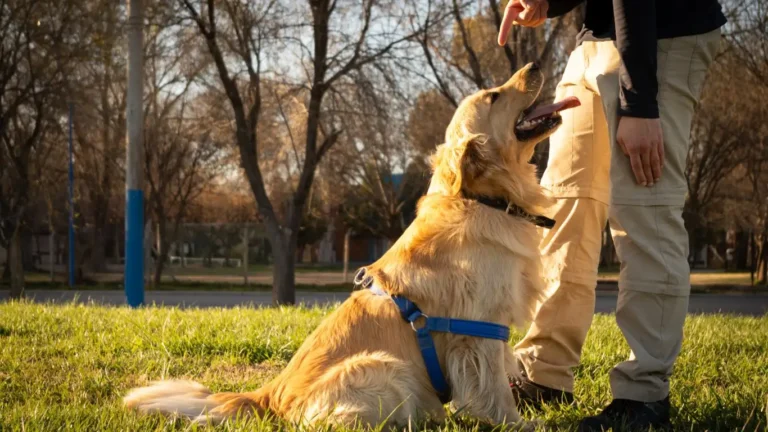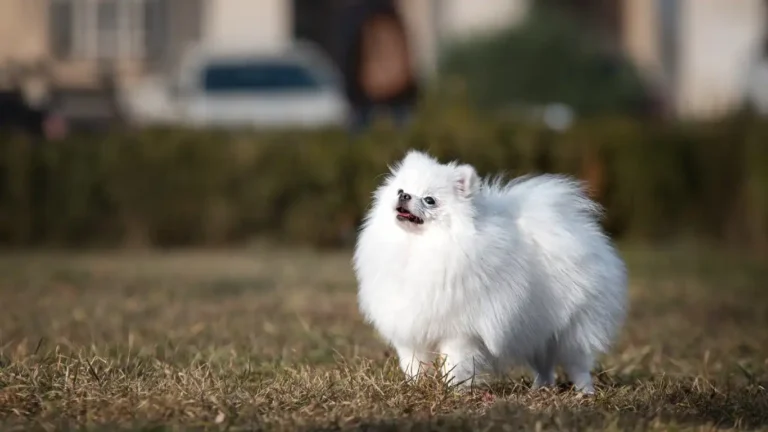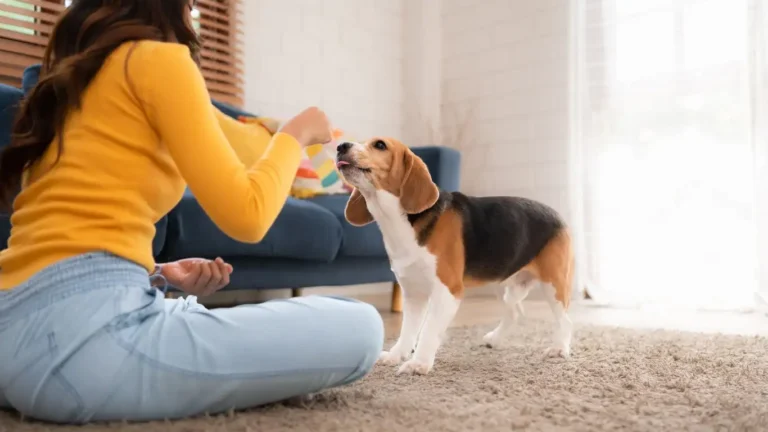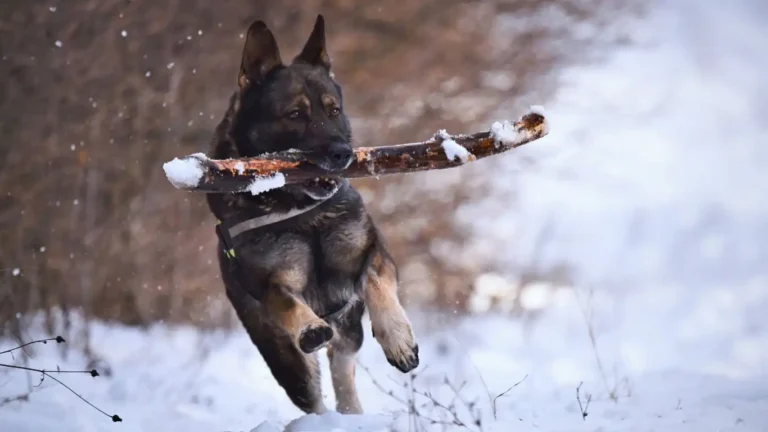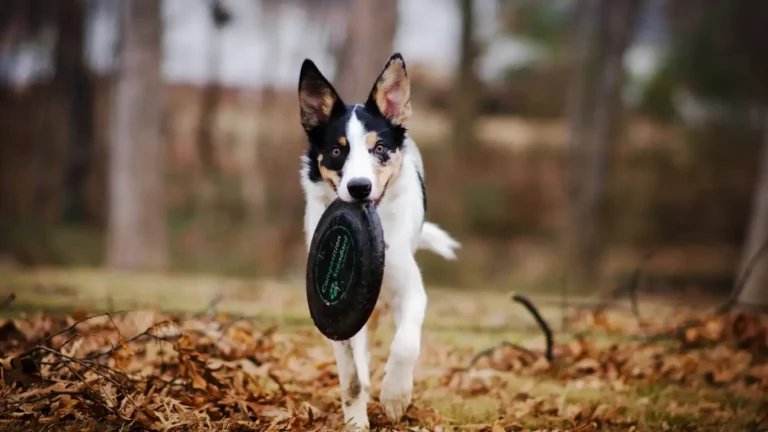Why Training Your Dog to Wait During Food Prep Changes Everything
If you’re wondering how to train a dog to wait during food prep, you’re not alone—and trust me, I’ve been there more times than I can count. As a Canine-Assisted Therapy Trainer, teaching patience is one of the most useful and surprisingly overlooked behaviors. Most of us don’t think twice about our dog hovering nearby while we’re chopping veggies or pouring kibble. But when it becomes a daily game of “dodge the snout” while balancing a hot skillet, it’s time to rethink that kitchen dynamic. And honestly? Teaching your dog to wait can completely shift the energy in your home—for the better.
Why Patience in the Kitchen Matters
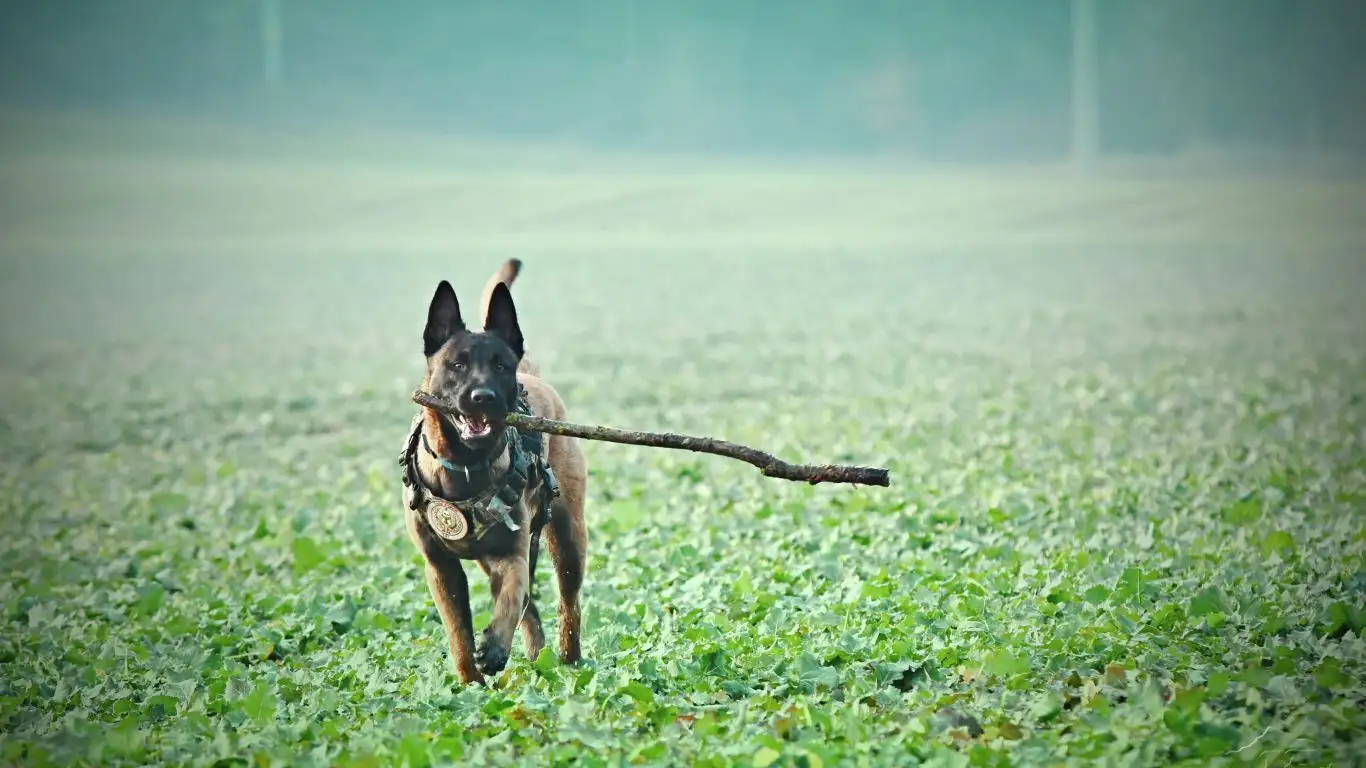
For starters, food-prep time is one of the highest-energy, distraction-filled parts of the day. There’s motion, smells, and anticipation—and if you’ve got a food-driven pup, you know that combo can flip a switch. When a dog understands how to pause and *wait* during this moment, it’s a sign of deep trust and respect. It also means less barking, less jumping, and fewer safety hazards (no one wants to trip over a pup while holding a chef’s knife or sizzling pan).
From my experience working with therapy dogs, calm behavior around food is also key in settings like hospitals and classrooms. One of my golden retrievers, Max, used to lock eyes with a sandwich like it held the secret to life itself—but after a few weeks of patient training, he learned to lay down quietly, no matter how tempting the environment.
Behavior Starts with Boundaries
Dogs are keen observers. They notice patterns, timing, even your mood. If your dog has been allowed to hang out by your feet every single time you prep dinner, they’re just doing what’s worked for them in the past. The first step is to create a new pattern that introduces boundaries—and that means changing up your cues and routines just slightly.
- Pick a consistent prep zone. Choose a space in your kitchen where your dog will not be allowed to linger.
- Designate a “waiting spot.” This could be a dog bed, mat, or even a taped square on the floor where your pup learns to go when it’s cooking time.
- Use visual barriers at first. Baby gates or even a chair can help reinforce the physical boundary until your dog starts to get it.
How to Train a Dog to Wait During Food Prep: Getting Started
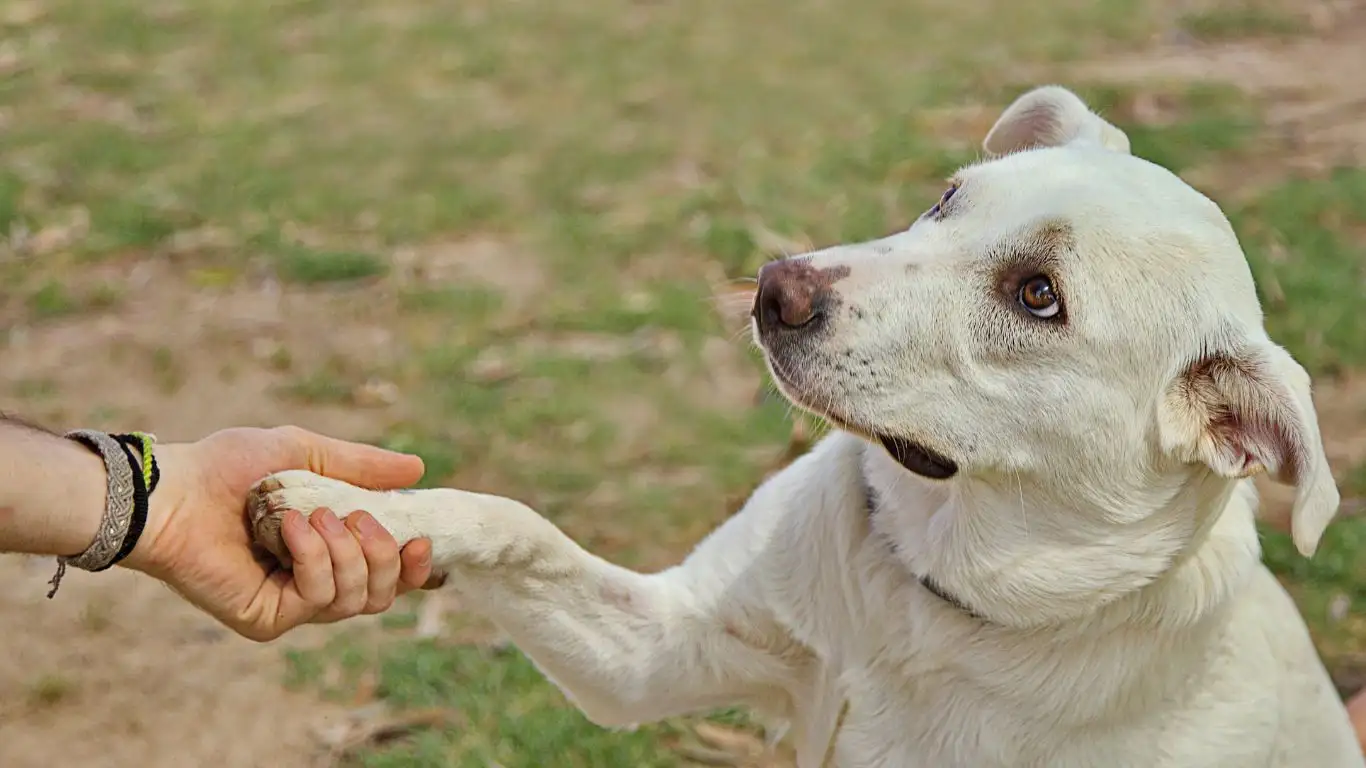
Now for the good part: the actual training. Keep in mind, this isn’t about scolding your dog for wanting food—because hey, food’s exciting! It’s about shifting their focus and rewarding calm behavior. With a little patience (on your end, too), you’ll start to see your dog anticipate the new rule before you even say anything.
- Start outside of mealtime. Begin training during a low-pressure time when you’re not actually cooking. This helps your dog focus and sets them up for success.
- Use a leash or long lead indoors. This gives you a gentle way to guide your dog back to their “spot” without creating frustration or confusion.
- Introduce the cue word. I personally like using “wait” or “spot,” but pick whatever feels natural to you. Keep your tone calm and consistent.
- Reward often. In the beginning, reward any small step in the right direction. If they pause, even for a second, yes!—give a treat.
- Build duration gradually. Once your dog understands the concept, stretch the time. One second becomes five, five becomes ten. Add distractions slowly.
With Max, I started by placing a treat on the ground and asking him to wait just two feet away. At first, it was rough—he’d scoot forward or give me the classic guilt eyes. But after enough reps, he began to anticipate that something better came if he just… stayed put. That moment of clarity was golden.
Consistency Beats Intensity
Here’s the thing I always remind my clients: it’s not about doing one intense training session and expecting magic. It’s about little consistent reps that slowly rewire your dog’s expectations. Every time you reinforce calm behavior, you’re building a better habit—not just a trick. And once your dog gets it? You’ll be amazed at how that patient energy shows up in other parts of your day, too.
When to Seek Extra Help
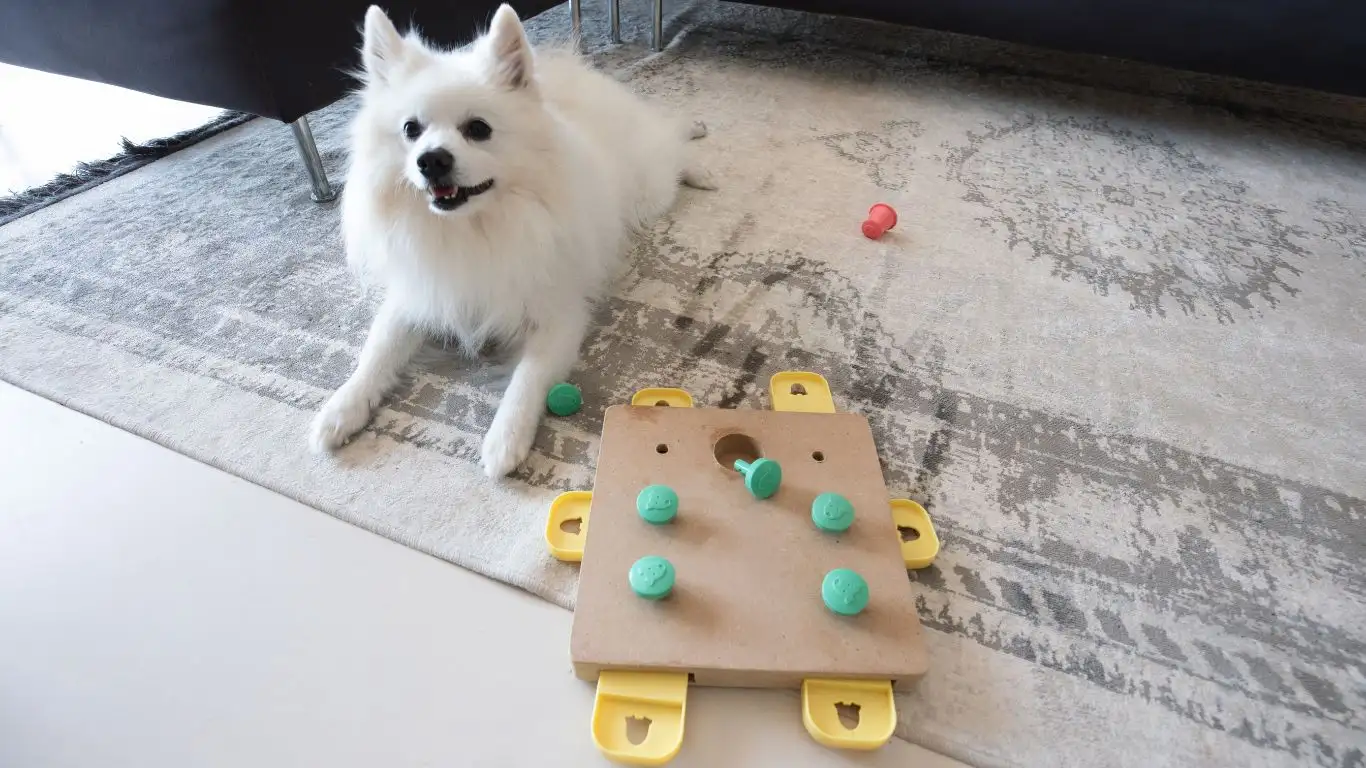
If your dog gets overly anxious or hyper during food prep—even with training—it might be time to get a second opinion. Sometimes, behaviors are tied to deeper anxieties or past reinforcement patterns we don’t even realize. I’ve worked with families where we had to unlearn years of kitchen scavenging behavior, but with time, even the most excitable pups learned to chill out.
Building Reliability with Real-Life Scenarios

Once your dog starts catching on to the basics of waiting during food prep, it’s time to up the ante a bit. Think about it—life isn’t a perfectly staged training session. You’ve got sizzling pans, phone calls, kids running around, and maybe even another pet weaving between your legs. That’s why it’s so important to layer in real-life distractions gradually, so your pup learns to handle chaos with grace.
One trick I’ve used with my therapy dogs (especially during group meal preps in assisted living centers) is to have someone else deliberately drop something—a spoon, a piece of food, even a loud pot lid—while we’re practicing. If the dog holds their “wait” during all that noise and excitement? That’s a win worth celebrating!
Practice Makes Calm
Here are a few ways to make training feel more like real life:
- Simulate the scene: Crinkle a bag of chips, move around like you’re prepping something, and see how your dog responds.
- Use high-value distractions: Drop a treat just out of reach. If your dog stays on their “spot,” jackpot! Big praise and a reward.
- Switch up the time of day: Dogs often link training to certain times. Practice before breakfast, after lunch, or during dinner to reinforce flexibility.
It doesn’t have to be perfect. There were times my dog Nova would sit patiently for 10 minutes, then lunge for a stray piece of carrot like her life depended on it. That’s part of the process. The key is, you keep going. You teach the lesson again and again until the waiting becomes a reflex, not a forced action.
Adding Distance and Duration
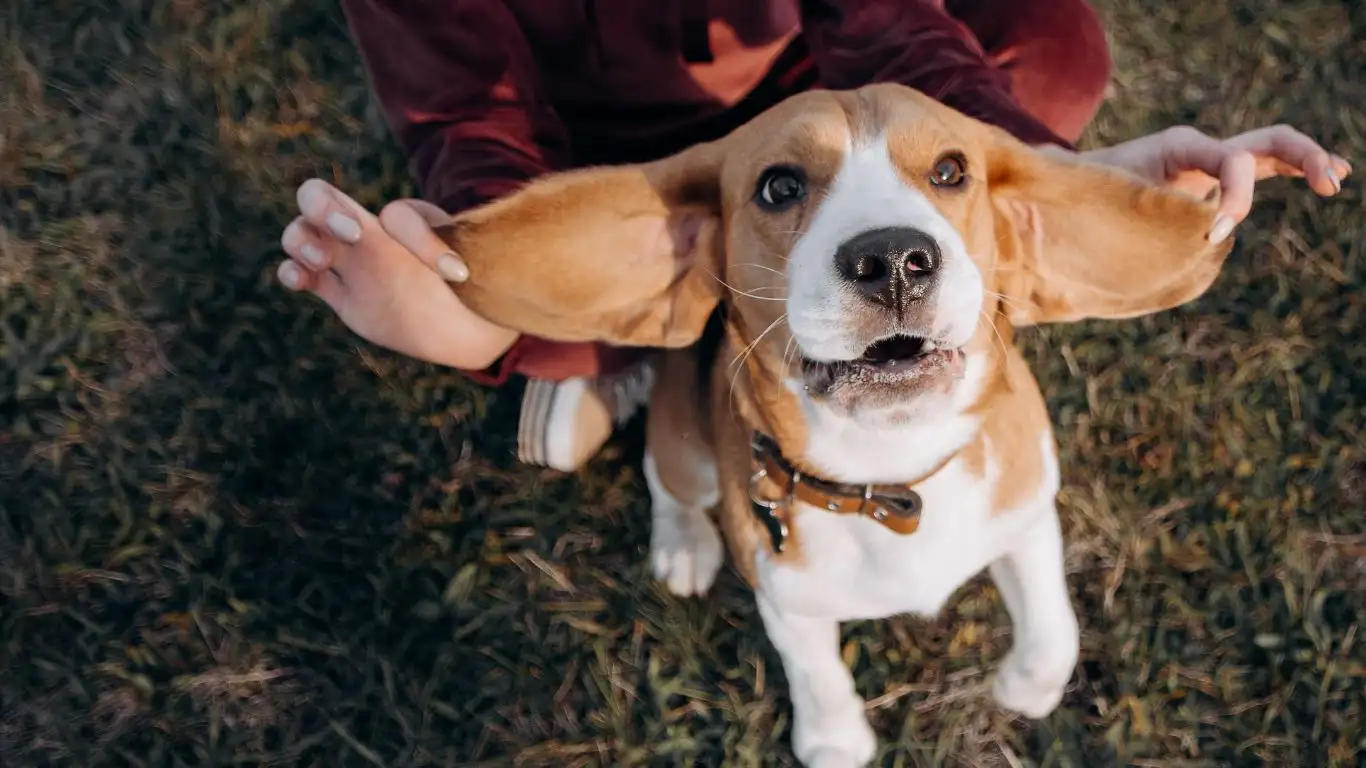
As your dog gets more confident with waiting while you’re nearby, it’s time to stretch their patience muscles even further. This means asking for longer wait times and increasing the distance between you and your pup. Start by taking a single step away. Then two. Then five. All the while, keep a calm tone and reward progress generously.
- Begin with short distances: Move just a step away, then return and reward if your dog stays in position.
- Mark success clearly: Use a clicker or a “yes!” to mark the exact moment your dog succeeds.
- Gradually build up: Over days or weeks, work your way toward prepping a full meal while your dog waits across the room.
When I was training Bodhi, one of my therapy dogs in training, I used to set a timer. We’d go from 30 seconds up to 3 minutes, then eventually the full 15 minutes of meal prep. The pride in his eyes when he got it right? Pure gold. And yes, I totally rewarded him with his favorite freeze-dried liver treats.
Common Mistakes to Avoid
Sometimes we unknowingly sabotage our progress without realizing it. Trust me, I’ve been guilty of all these at some point:
- Inconsistent cues: Saying “wait” one day and “stay” the next confuses your dog. Pick a word and stick to it.
- Too much talking: Over-explaining or repeating the cue too often can dilute the message. Be clear and brief.
- Getting frustrated: Dogs sense your energy. If you’re annoyed, they’ll feel it—and likely shut down or act out.
If your dog breaks the wait early, no big deal. Just calmly bring them back to their spot and try again. Keep the vibe easygoing and positive. You’re building a relationship here, not running bootcamp.
Adapting for Different Personalities
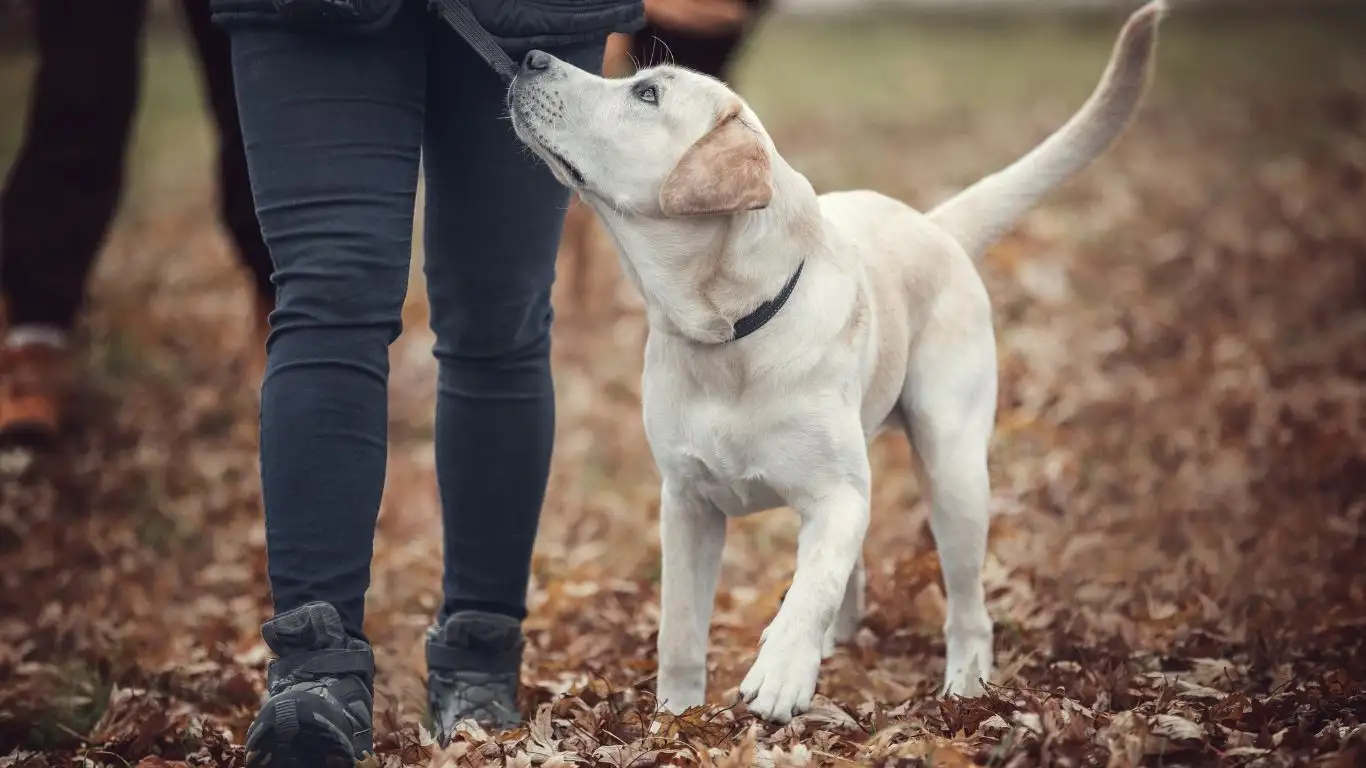
Every dog’s personality is a little different—and that absolutely matters in training. Some dogs, like border collies or heelers, are laser-focused and eager to please. Others (hello, hounds and bulldogs) may need a little extra motivation. You’ve got to meet your dog where they are.
For high-energy pups, add a quick walk or play session before you start food prep training. A tired brain is more willing to listen. For more anxious dogs, try using calming signals like soft voice, gentle touch, and keeping the session short and successful.
I once worked with a rescue beagle named Luna who had zero impulse control around food. We started with 3-second waits and had to keep sessions to under 5 minutes. But within two months? She could wait calmly in another room while her food bowl was prepped in the kitchen. Her adopter was floored.
Involve the Whole Household
This one’s big. If you live with other people, make sure everyone’s reinforcing the same rules. Nothing derails progress faster than one family member “accidentally” feeding the dog from the cutting board while you’re trying to build patience. (Been there!)
- Explain the training goals: Let roommates or family know what you’re working on so they don’t undo the good stuff.
- Make it a team effort: Kids can be great assistants! Let them reward your pup for waiting calmly.
- Post reminders: A sticky note on the counter that says “No Feeding From Here!” can do wonders.
The more consistent the environment, the faster your dog will catch on. And when everyone’s on the same page? That’s when the training really clicks.
Maintaining Progress Over Time

Alright, so your pup has nailed the “wait during food prep” skill and you’re feeling like a dog-training pro—trust me, I’ve been there and it’s such a rewarding moment. But here’s the thing: like any good behavior, it doesn’t stick unless you keep reinforcing it. The real magic is in the follow-through. It’s not about perfection; it’s about consistency over time.
Think of it like going to the gym. You don’t build muscle from one workout, right? Same with dog training. Even after your dog gets it, you’ll want to keep weaving mini refreshers into your daily routine. For example, I always ask my dogs to “wait” before they get their dinner—even years into training. It’s like brushing up on the basics so they stay sharp and calm around food.
Simple Ways to Keep the Habit Alive
- Randomize the request: Don’t always ask for a wait during dinner prep. Try it during breakfast, while you open the fridge, or when loading the dishwasher.
- Use real-life rewards: You don’t always need a treat. Sometimes the “reward” is simply being allowed to approach the food bowl or get a belly rub.
- Keep sessions short: You don’t need 20-minute practice runs. A few seconds here and there throughout the day work wonders.
One of my clients had an adorable (but wild) husky named Suki. She crushed the wait command when it was just her owner and quiet evenings. But throw in guests or the smell of bacon? Total meltdown. We started mixing up her practice scenarios and sure enough, she adapted. Repetition really is the glue that holds everything together.
What If Your Dog Regresses?

Let’s be real—sometimes your dog backslides. Maybe you’ve been busy, missed a few days of training, or there’s just more chaos in the house lately. That’s okay. Regression is totally normal and doesn’t mean all your hard work has gone to waste.
If your dog starts breaking the “wait” cue again during food prep, don’t panic. It’s not a failure—it’s just a sign that they need a little reminder of the rules. Go back to basics for a few days: short wait times, fewer distractions, bigger rewards. It’s like muscle memory—they’ll bounce back faster than when you first started.
When to Reevaluate Your Approach
There are some cases where things just don’t click. If your dog seems overly anxious, reactive, or totally uninterested in training, it might be time to step back and reassess.
- Check your setup: Is your dog too close to the food prep area? Do you need a more defined “waiting zone”?
- Change the reward: Some dogs need a higher-value treat or more enthusiastic praise to stay engaged.
- Bring in professional help: A certified trainer can spot issues we might miss and offer solutions tailored to your dog’s temperament.
With one of my past clients—a rescue mix named Charlie—we realized he wasn’t struggling with obedience, but with anxiety. The kitchen sounds (knife chopping, water boiling) made him nervous, which translated into restless pacing during meals. We shifted the goal: instead of “waiting” nearby, he learned to relax in another room with a frozen lick mat. It still built the same skill of patience, but in a way that worked for him.
Celebrating the Wins, Big and Small
One thing I love most about this training process is how much it builds trust between you and your dog. When your pup chooses to wait—even when they’re excited—it shows confidence, self-control, and respect for the boundaries you’ve set. That’s a big deal!
And honestly, it’s okay to make a big deal out of it. Celebrate progress, even if it feels minor. Waiting for five seconds instead of two? That’s a win. Not lunging for a dropped carrot? Massive win. These little moments add up fast, and your dog feels your pride in them.
I still remember the first time Max, my therapy golden, stayed calmly on his mat through an entire 20-minute prep while kids in the classroom made peanut butter sandwiches (his favorite smell, by the way). I teared up—like, genuinely emotional. That’s the power of training built on trust, not just commands.
Resources for Continued Learning
If you’re passionate about building a well-mannered pup and want to go even deeper into behavior shaping, I recommend checking out some trusted resources:
- https://positively.com/ — Great for positive reinforcement techniques and trainer advice.
- https://www.aspca.org/ — Tons of tips on behavior, enrichment, and rescue-focused training ideas.
- https://www.avma.org/ — Veterinary insights into how health and behavior are connected.
These sites have helped shape the way I work with dogs, especially when a behavior isn’t as simple as it seems. Trust me, you’ll appreciate having them in your back pocket when you hit a training wall.
Disclaimer
This article is based on personal and professional experience as a Canine-Assisted Therapy Trainer. Every dog is unique and may respond differently to training methods. Always consult with a qualified dog trainer or veterinary professional if you have concerns about your dog’s behavior or health during training.

